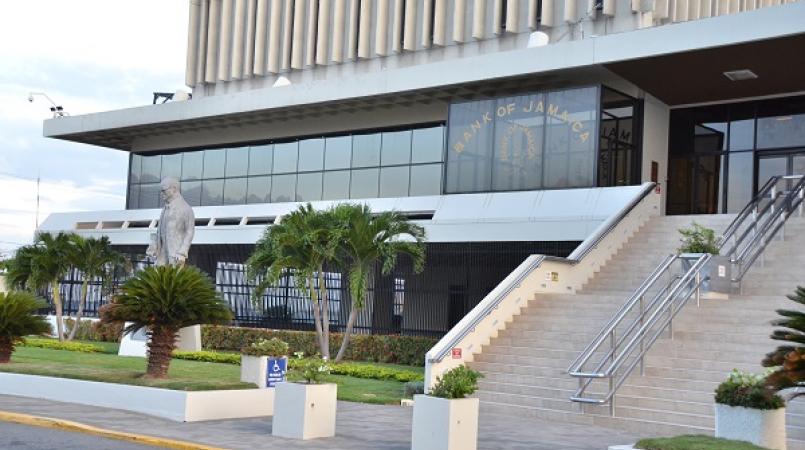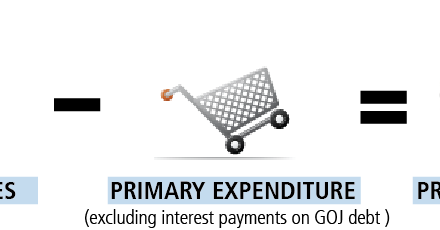The Bank of Jamaica (BOJ) has taken the decision to hold the policy interest rate unchanged at 0.75 per cent per annum, effective June 28, 2019.
The policy interest rate is offered on overnight balances with the central bank.
According to the BOJ, its decision to hold the rate unchanged is based on its current assessment that monetary conditions are appropriate to support the achievement of the inflation target of 4.0 per cent to 6.0 per cent over the medium term.
When the BOJ last lowered the policy interest rate in May by 50 basis points to 0.75 per cent, it said then that the decision was two-fold. It was aimed at stimulating a faster expansion in private sector credit which should lead to higher economic activity, consistent with the bank’s inflation target.
And, it was also done with a view to getting inflation to return quickly to the centre of the BOJ’s target.
At the time, the BOJ said its decision reflected its assessment that, while inflation is expected to increase to an average 4.5 per cent over the next eight quarters, there will be months when inflation will fall below the lower limit of the bank’s target of 4.0 per cent to 6.0 per cent in the context of low underlying inflation.
In its latest statement on Friday, the BOJ said annual inflation as at May 2019 reported by the Statistical Institute of Jamaica was 4.8 per cent, up from 3.9 per cent as at April 2019 and 3.1 per cent at May 2018.
“The May 2019 outturn is in line with Bank of Jamaica’s previous assessment and represents a return to the centre of the target following five consecutive months of annual inflation being below the target,” the central bank said.
However, it cautioned that while annual inflation has been rising, underlying inflation remains low.
Its current forecast is that, after falling towards the bottom of the target by the September 2019 quarter, inflation would rise towards the mid-point of the target by the March 2020 quarter as (i) domestic agriculture prices increase and (ii) domestic economic activity increases in response to the lowering of the policy rate over the last eight quarters.
“Inflation would then decline towards the bottom of the target in the period after the March 2020 quarter and only return to the mid-point slowly over the ensuing three years,” the BOJ said.
It explained that its policy action in May 2019 was aimed at mitigating the material risk that inflation would fall below the target during 2020.
The bank’s current assessment is that the risks to the May 2019 inflation forecast remain balanced.
It said that at 17.9 per cent, credit from banks, merchant banks and building societies to the private sector grew faster than projected in the 12 months to May 2019 and is likely to continue to grow faster than was previously expected, driven by past monetary accommodation.
This, it said represents an upside risk to economic activity and inflation (i.e, higher GDP growth and higher inflation) in the future. On the downside, an intensification of tensions in global trading arrangements points to a slowdown in world growth, which could result in lower oil prices and weaker domestic demand over the next eight quarters.
Read original article: LoopJamaica.com











